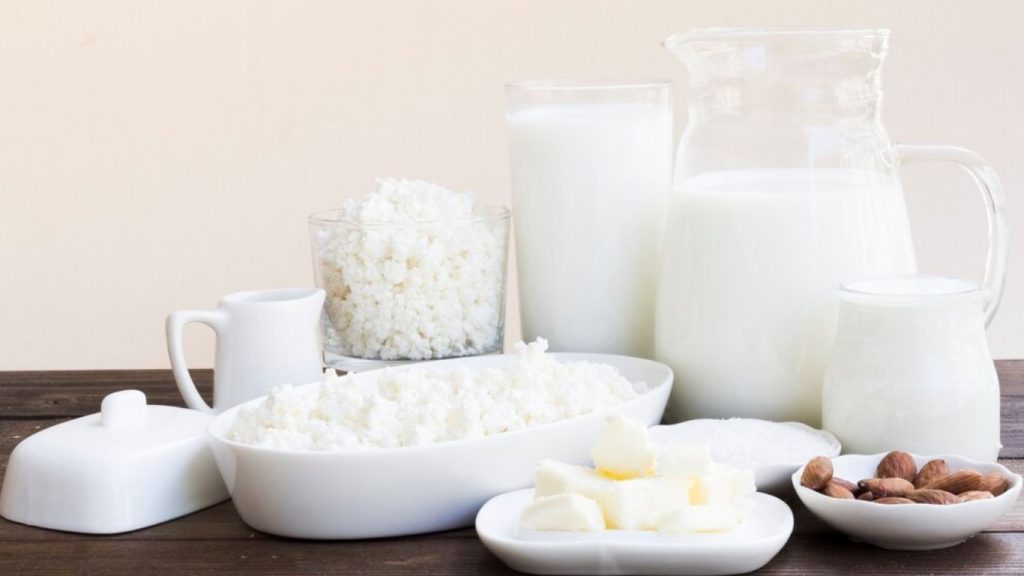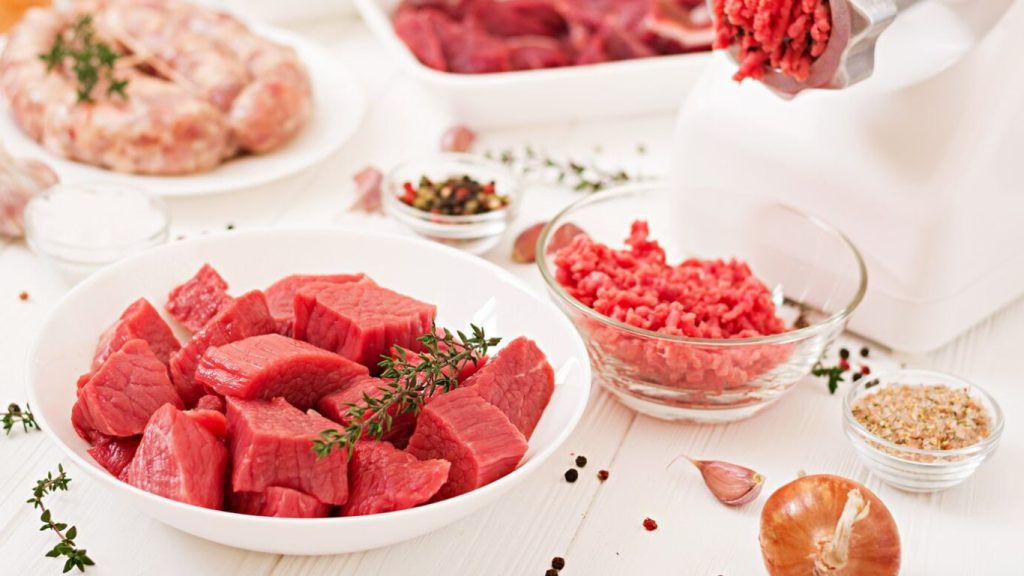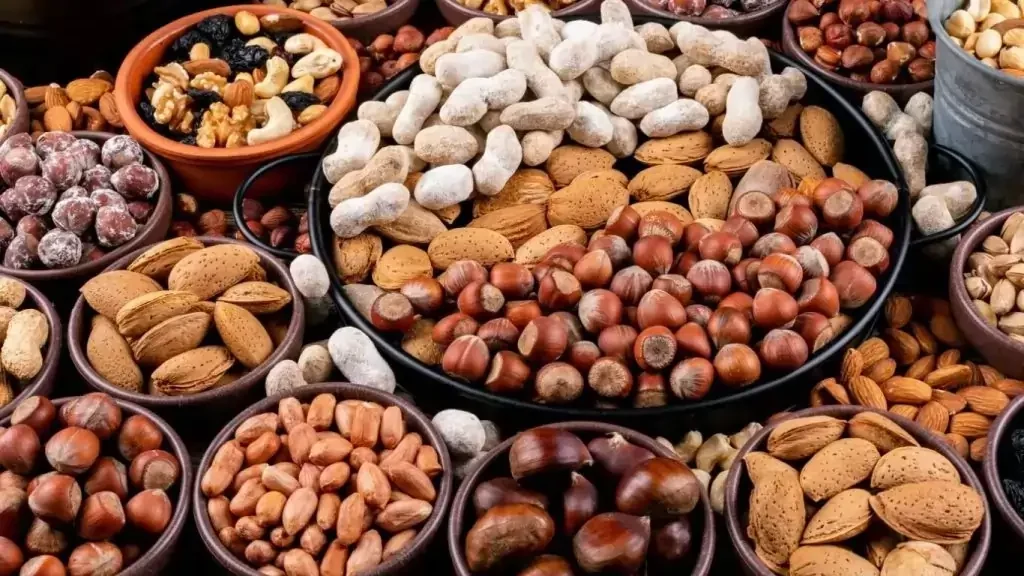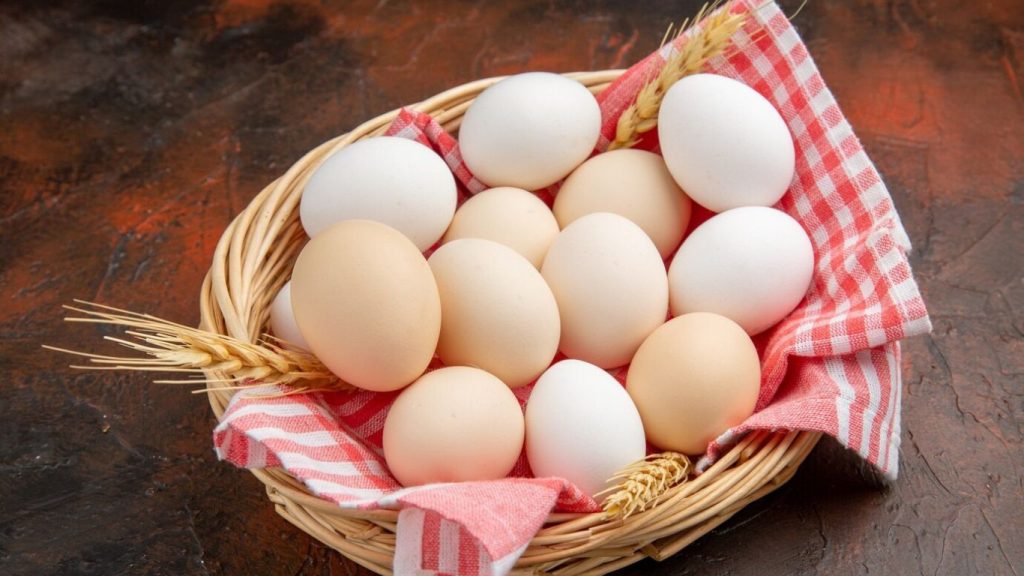Vegetable soups, with their array of vibrant veggies and flavorful herbs, are a cornerstone of many diets. They’re warm, comforting, and packed with vitamins and minerals. However, if you’re looking to make your bowl a balanced meal, adding protein is the key. This article will guide you through the myriad ways to infuse protein into your vegetable soup, ensuring it’s not just tasty, but also nutritionally complete.
Understanding the Importance of Protein
Before diving into the how-to, it’s essential to grasp why protein is crucial. Proteins are the building blocks of our body and play a pivotal role in:
- Repairing body tissues.
- Making enzymes and hormones.
- Building bones, muscles, cartilage, and skin.
- Transporting nutrients.
- Providing a source of energy.
By enriching our vegetable soup with protein, we transform it from a light appetizer into a hearty, fulfilling main course.
Ways to Add Protein to Your Vegetable Soup
1. Legumes and Beans
- Lentils: Easily cooked, lentils come in various colors – green, brown, red, and black. They can be seamlessly added to soups, giving a protein boost. One cup of cooked lentils provides around 18 grams of protein.
- Chickpeas: Also known as garbanzo beans, these can be added whole or blended to provide a creamy texture. A cup offers about 15 grams of protein.
- Black Beans: Giving a delightful color contrast, black beans not only enhance aesthetics but also add about 15 grams of protein per cup.
- Tip: Ensure beans and lentils are thoroughly cooked to improve digestibility and absorption.

2. Grains
- Quinoa: A complete protein source, meaning it contains all nine essential amino acids. One cup provides 8 grams of protein.
- Barley: A chewy, nutritious grain that blends well with many soup flavors. One cup offers approximately 4 grams of protein.
- Farro: An ancient grain that adds a nutty flavor. It provides about 8 grams of protein per cup.
Read Also : How to Heal Sprains Faster

3. Dairy and Alternatives
- Greek Yogurt: Swirling in some Greek yogurt at the end not only adds creaminess but also about 10 grams of protein per 100 grams.
- Cheese: Melting cheese like cheddar or sprinkling parmesan can enhance flavor and protein content.
- Tofu: Silken tofu can be blended into the soup to add creaminess, while firm tofu can be cubed and simmered. Tofu provides about 10 grams of protein per half cup.

4. Meat and Alternatives
- Chicken: Shredded or cubed chicken breast can be simmered in the soup. It’s lean and adds approximately 43 grams of protein per 100 grams.
- Turkey: Ground turkey or turkey cubes can be a great addition, providing around 29 grams of protein per 100 grams.
- Tempeh: Made from fermented soybeans, tempeh is a vegan protein source, offering 15 grams of protein per half cup.

5. Seeds and Nuts
- Chia Seeds: While small, chia seeds pack a protein punch. Sprinkling them on top or mixing them in can add around 4 grams of protein per ounce.
- Hemp Seeds: These can be sprinkled on top for a nutty flavor, providing about 9 grams of protein per ounce.
- Peanut or Almond Butter: A scoop of nut butter can add richness, flavor, and around 8 grams of protein per two tablespoons.

6. Eggs
- Boiled Eggs: Sliced or chopped boiled eggs can be added to the soup before serving.
- Egg Drop: By whisking eggs and pouring them slowly into the boiling soup, you can create silky egg ribbons. One large egg provides around 6 grams of protein.
You can Read Also : How to Sleep with Neuropathy in Feet

Tips for Incorporating Protein
- Balance is Key: While adding protein, ensure the soup remains balanced in flavor and texture. Avoid overwhelming the original taste.
- Season Well: Protein sources can sometimes dilute the soup’s flavor. Adjust seasonings as necessary.
- Mind Cooking Times: Some proteins, like chicken, require longer cooking times, while others, like Greek yogurt, should be added last to prevent curdling.
- Consider Digestibility: Combining many protein sources might be heavy on the digestive system for some. It’s wise to know how your body reacts to various combinations.
Conclusion
Transforming your vegetable soup into a protein-rich meal is both an art and science. Whether you’re a meat-lover, vegetarian, or vegan, there’s a protein option to suit your palette. By integrating protein, you not only enhance the nutritional profile of your soup but also its satiety factor, ensuring that each bowl leaves you feeling full and satisfied. Experiment with different protein sources, find your perfect blend, and relish the wholesome goodness of every spoonful!
Frequently Ask Questions
Adding protein transforms your soup from a light appetizer into a fulfilling main course. Protein is vital for repairing tissues, producing enzymes and hormones, building muscles, transporting nutrients, and providing energy.
Lentils, chickpeas, and black beans are great options. They not only add protein but also contribute to the texture and flavor of the soup.
Absolutely! Quinoa, barley, and farro are grains that can provide both protein and a delightful chewy texture to your soup.
Yes, there are numerous vegetarian and vegan protein sources like tofu, tempeh, dairy products, seeds, nuts, and legumes that can be added to soups.
Combining many protein sources might be heavy on the digestive system for some individuals. It’s advisable to know your body’s reactions and choose combinations wisely.
Incorporating protein into vegetable soup is a nutritious way to elevate its health benefits and make it a well-rounded meal. Whether through plant-based or animal sources, the added protein ensures a wholesome and satisfying soup experience.

[…] Read Also : How to Add Protein to Vegetable Soup […]